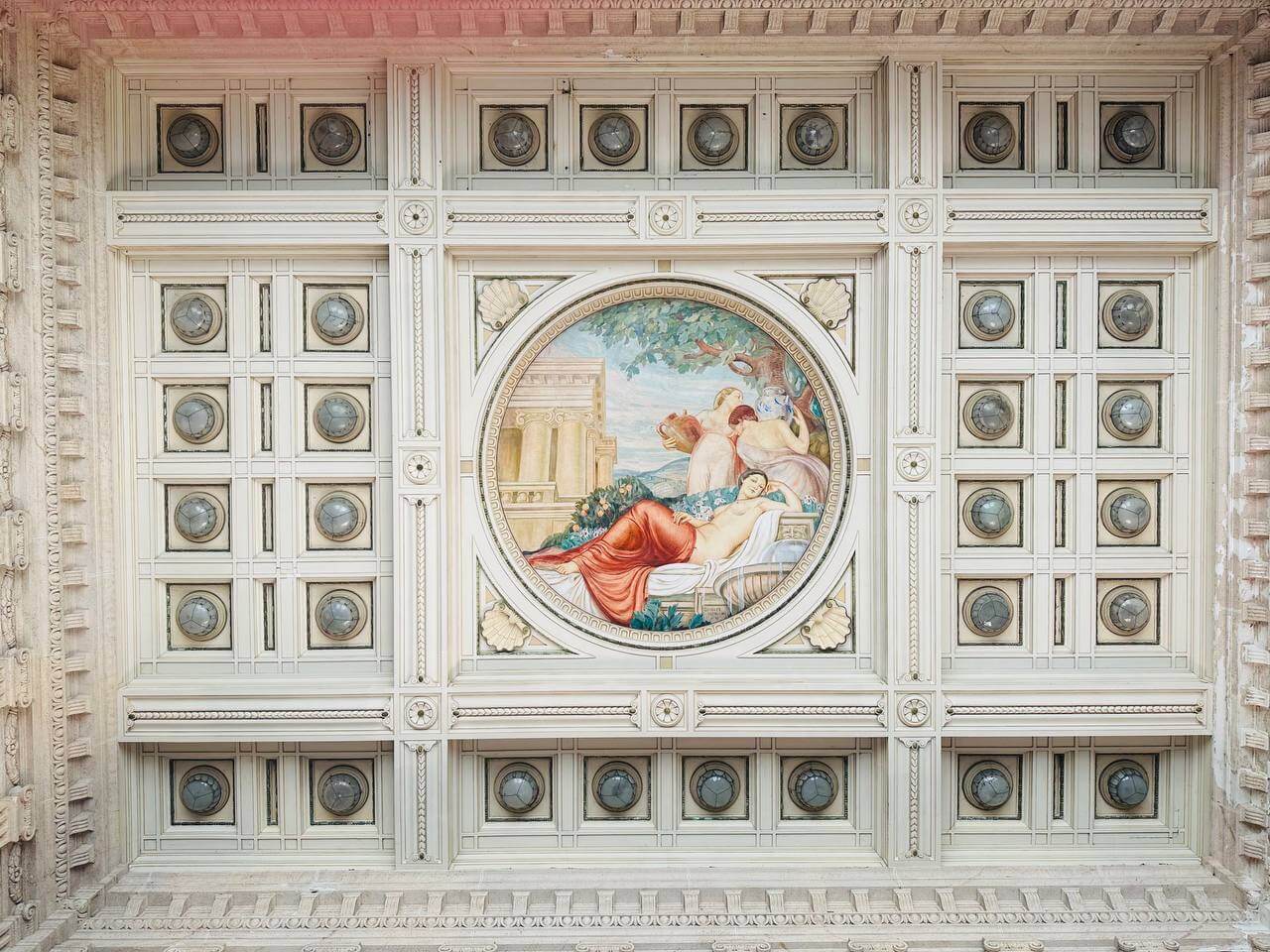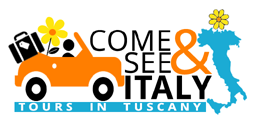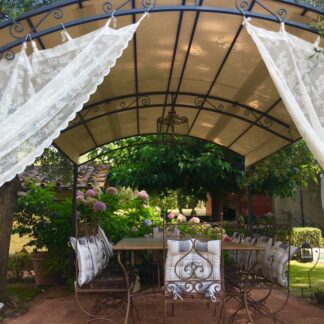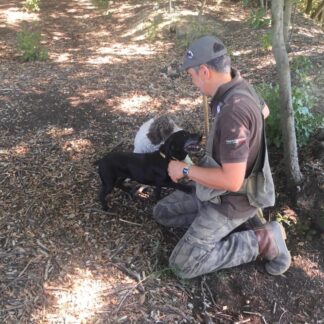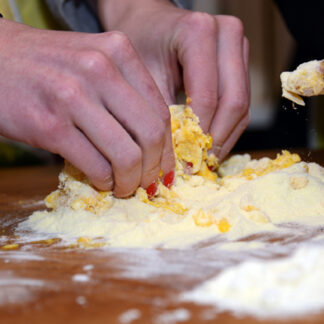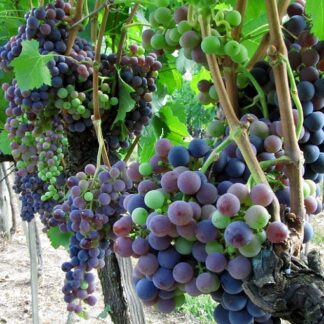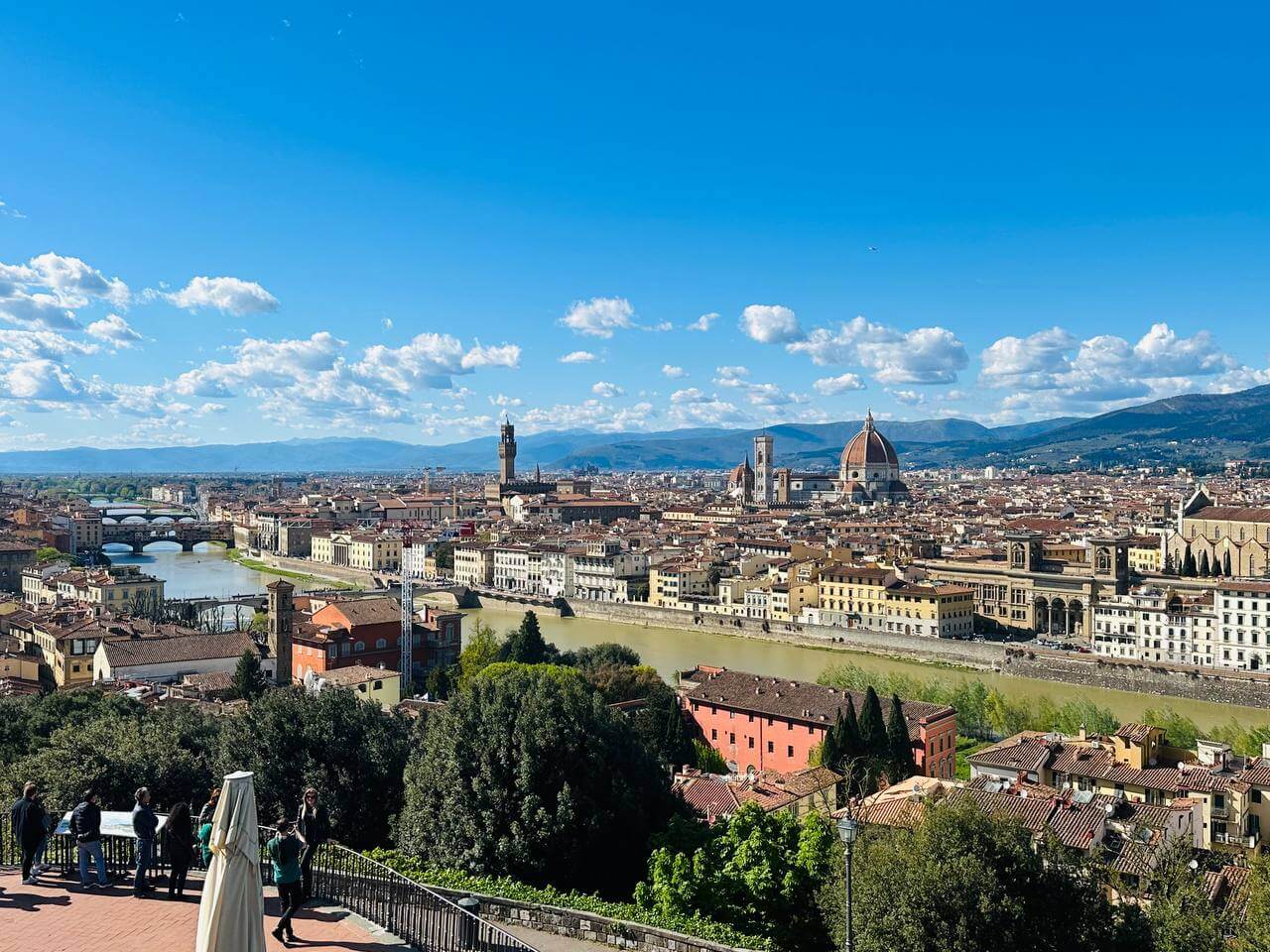
Our Top 10 Tuscan Cities for Movie Tours:
ITINERARY 1: Pienza, Montepulciano, Val d’Orcia
ITINERARY 2: Cortona and Arezzo
ITINERARY 3: San Gimignano, Monteriggioni, Siena
ITINERARY 4: Forte dei Marmi and Carrara
ITINERARY 5: Montecatini and Firenze
Here are the trips to take with us to discover the Tuscan film locations through the most famous films shot in Tuscany.
ITINERARY 5: Montecatini and Florence
Montecatini Terme Movie Tour
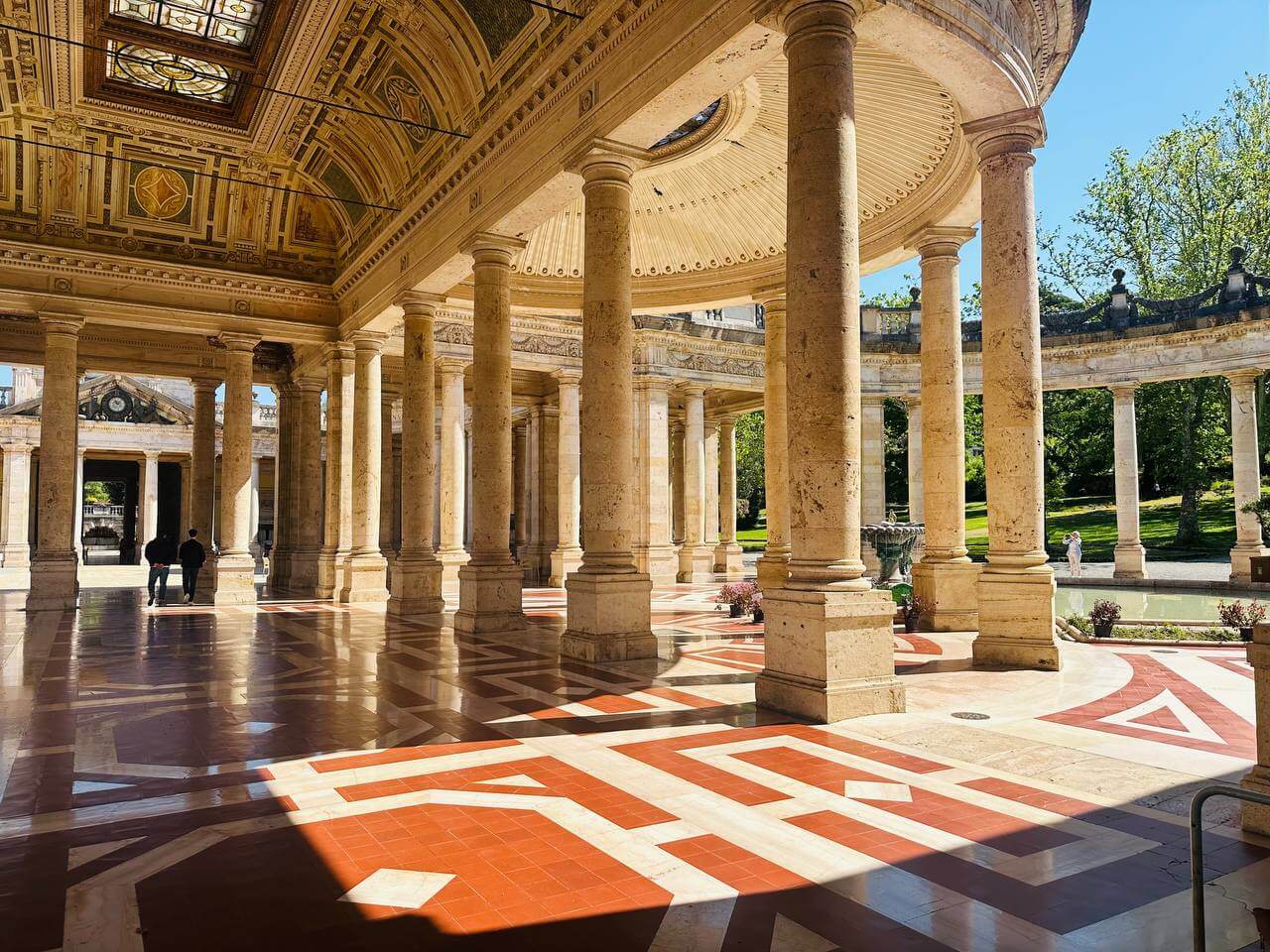
Montecatini Terme is located a few kilometers from some of the major Tuscan cities of art and from the two major regional airports. It owes its fame to the therapeutic properties of the thermal waters, to the refinement of the buildings and the architectural heritage built around the springs. Queen of the binomial wellness and health, Montecatini is a prestigious destination for those looking for regenerating holidays and hospitality quality and various opportunities for entertainment between sports, shopping and relax.
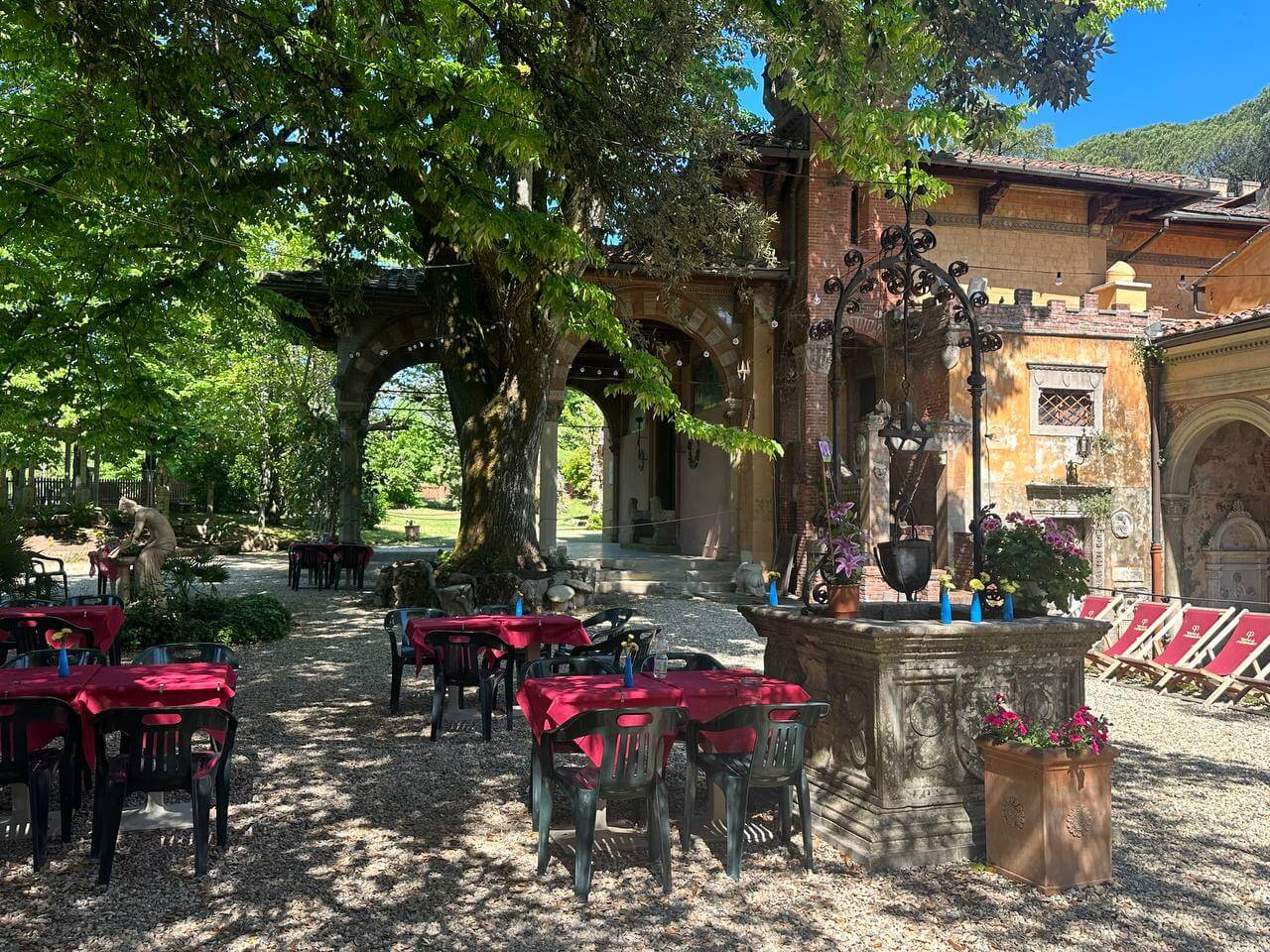
The Montecatini Baths owe their fame to the waters that flow from the depths of the earth and, after a long journey through limestone, marl, and clay deposits, gush out in thermal establishments. The main spas are Tettuccio, Regina, Excelsior, and Redi. The pure and mineral-rich waters, which are normally present in the body, allow for a wide range of treatments. Furthermore, the city is immortalized in the most beautiful scenes of the short films shot in Valdinievole, such as the movie “Amici miei – Atto II“. The 1982 film, directed by Mario Monicelli, features Ugo Tognazzi, Gastone Moschin, Renzo Montagnani, Philippe Noiret, and Adolfo Celi as the main actors. One of the main scenes where Count Mascetti (Ugo Tognazzi) stays for free in a luxury hotel and then sneaks out dressed in the typical hotel staff uniform was filmed at the Grand Hotel La Pace.
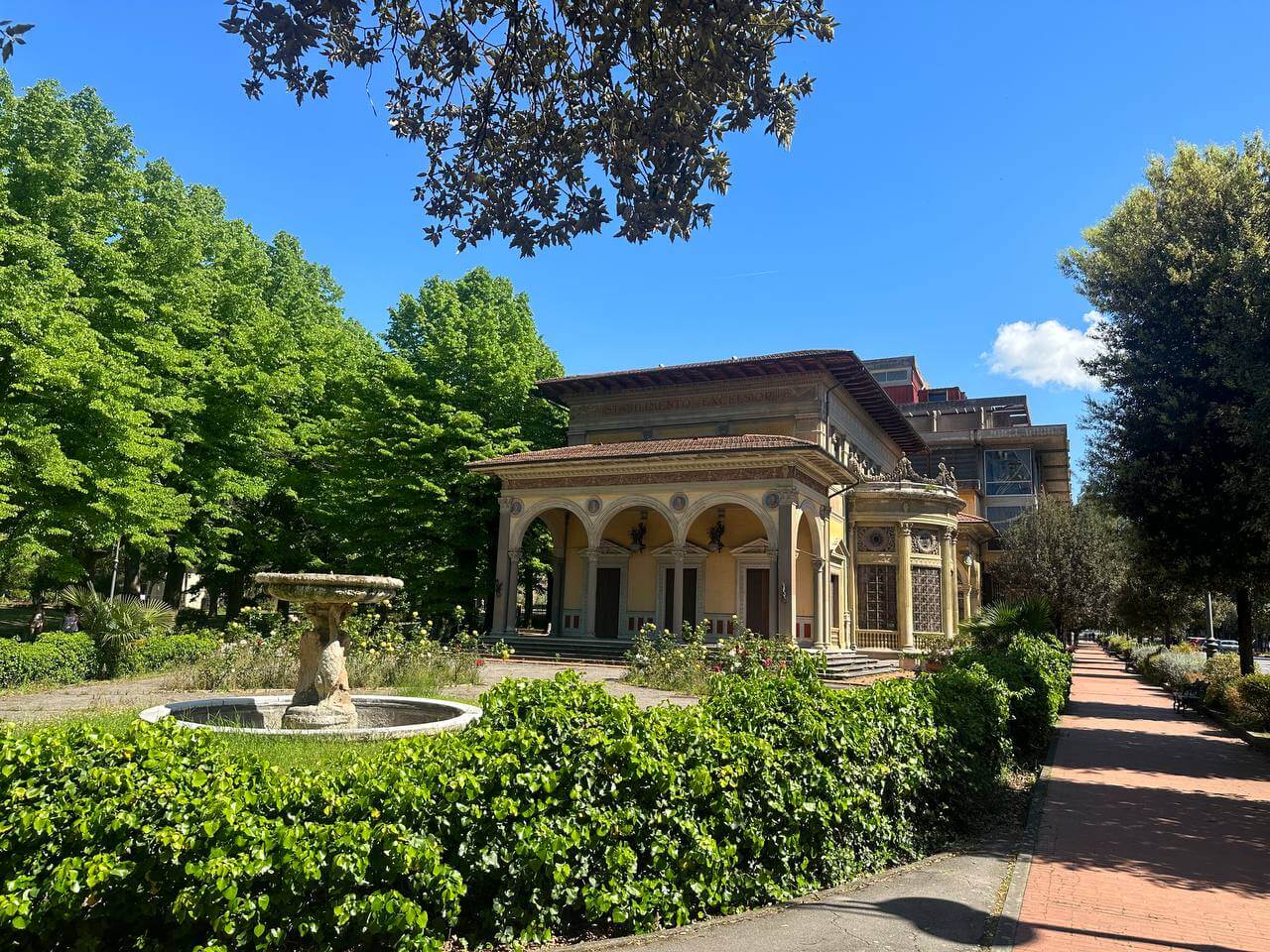
Florence Movie Tour
“I had reached that level of emotion where celestial sensations given by the arts meet passionate feelings. As I left Santa Croce, my heart skipped a beat, life had become arid for me, and I walked in fear of falling.” (Stendhal)
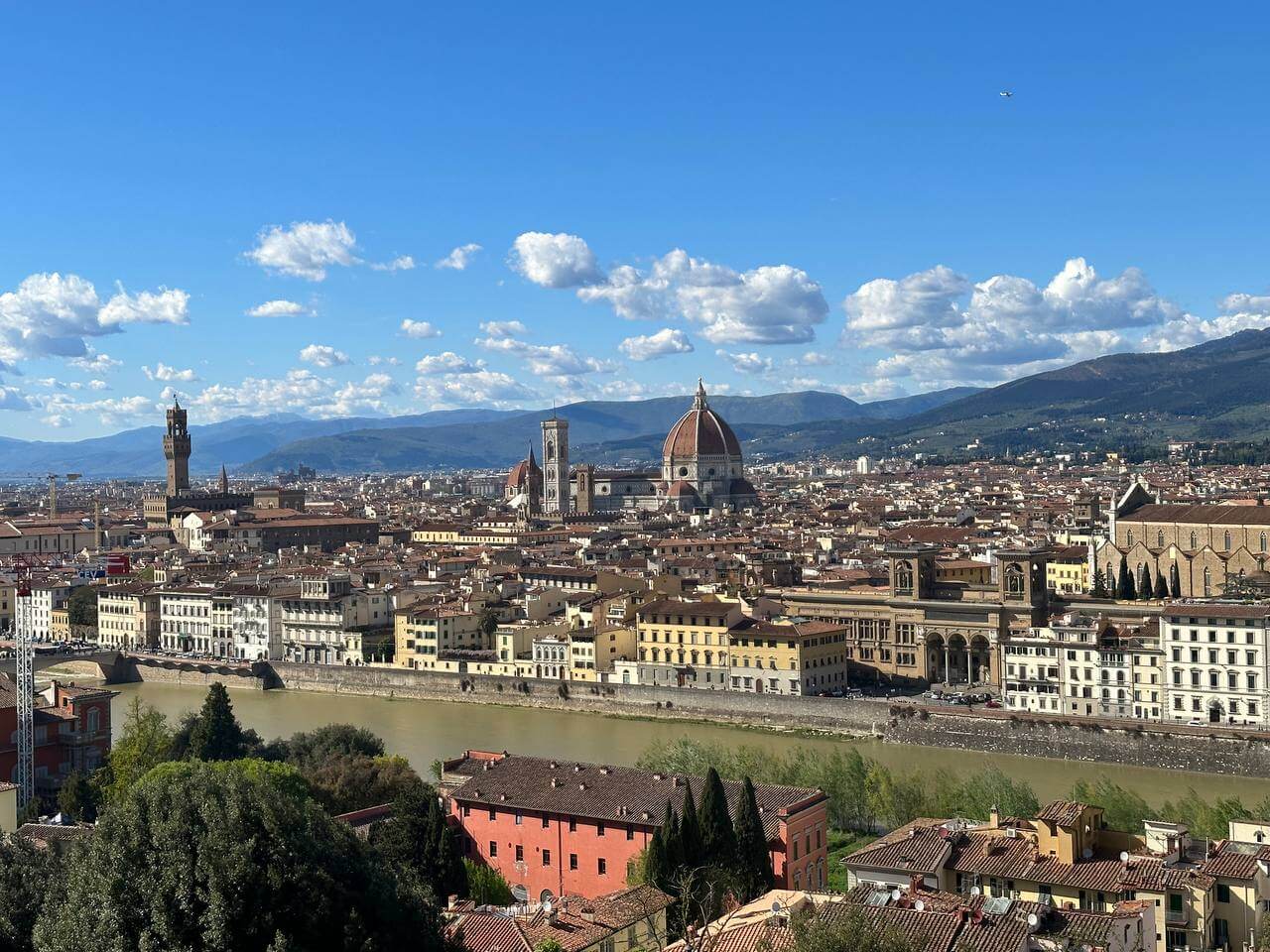
Florence is considered the birthplace of the Italian Renaissance, a cradle of art and architecture, and a UNESCO World Heritage site. Regarded as one of the most beautiful cities in the world, its monuments and museums are a treasure trove of artistic wonders. Throughout a few centuries, some of the greatest artists of all time lived here. Cimabue and Giotto – fathers of Italian painting, Arnolfo and Andrea Pisano – innovators of architecture and sculpture, Brunelleschi, Donatello, and Masaccio – fathers of the Renaissance, and then there were Ghiberti and the Della Robbia, Filippo Lippi and Beato Angelico, Botticelli and Paolo Uccello, and universal geniuses like Michelangelo and Leonardo. The city of the lily surprises anyone, and it is easy to get lost in art, history, fashion, and tradition.
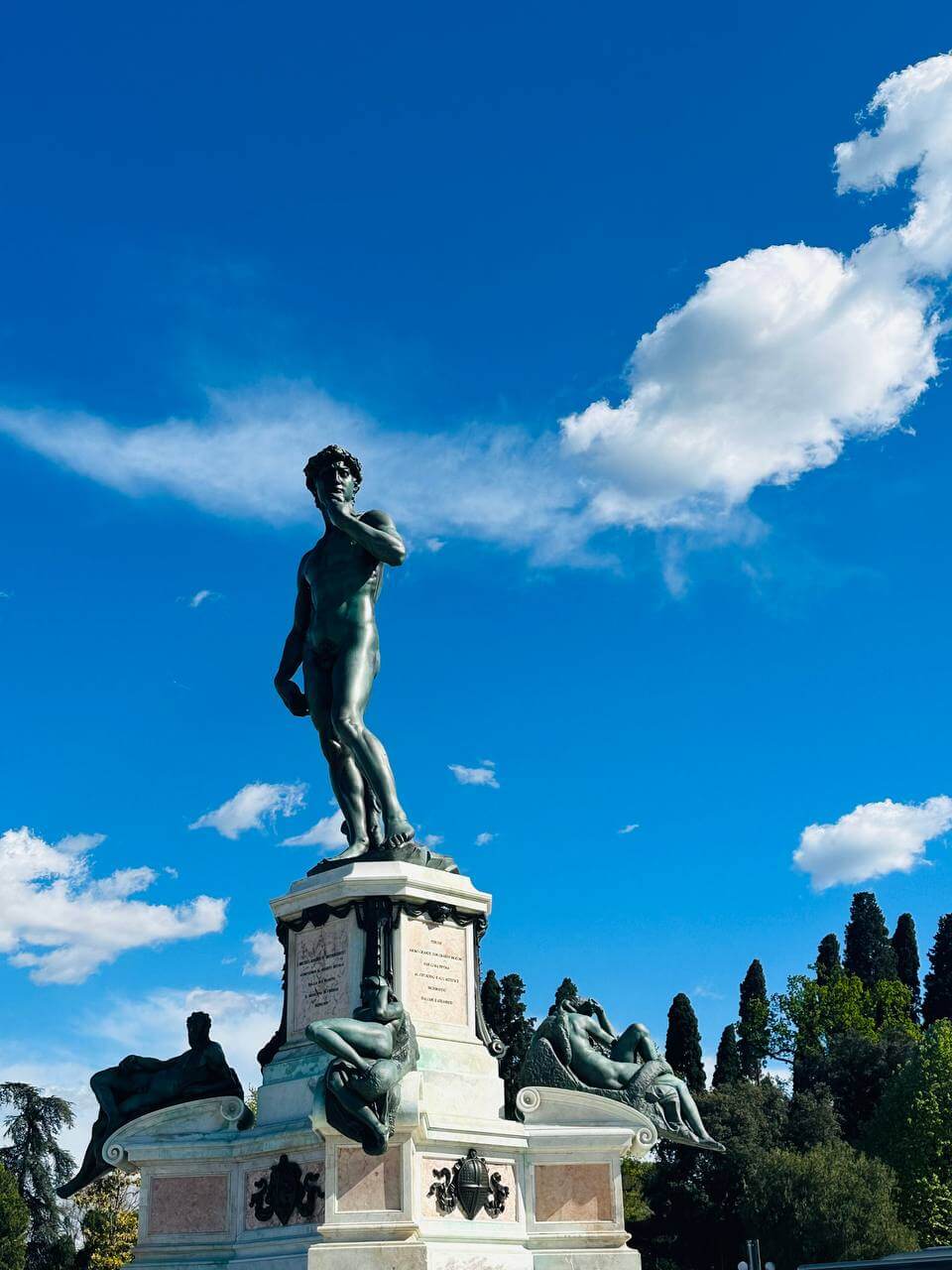
Florence has been the natural setting for great films. The city has been chosen as a backdrop by many directors, and the streets of the historic center are recognizable from scenes filmed in various movies.
Not to mention some, except for the most famous, starting with the Florentine director, the master Franco Zeffirelli. In the film “Tea with Mussolini“(Un Tè con Mussolini) from 1999, the director shows us the more cultural side of Florence. Starting from Piazza Santo Spirito, then filming other memorable scenes in the Uffizi Gallery, Piazza della Signoria, and the Gipsoteca of the Art Institute at Porta Romana.
One of the most beautiful films directed by Jane Campion is “The Portrait of a Lady” from 1996. The director chooses a young Nicole Kidman in the role of the American Isabel, who, after receiving a substantial inheritance, arrives in late 19th-century Florence, where the Florence Cathedral serves as a backdrop in the Tuscan setting.
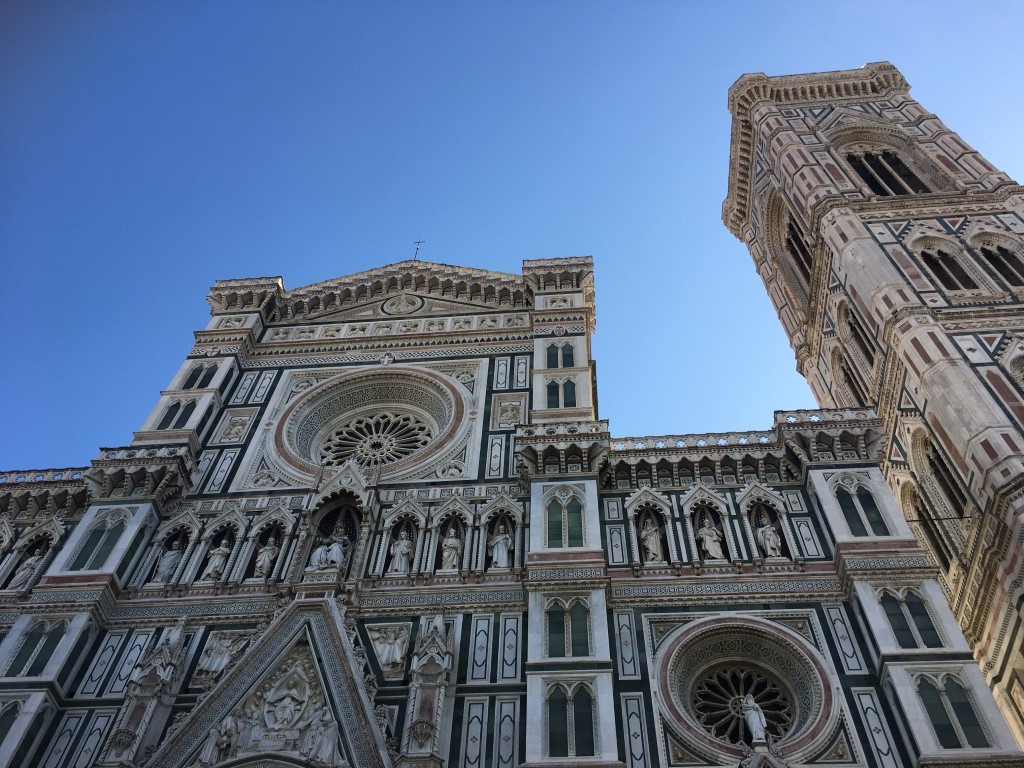
In the 1986 film “A Room with a View“, the city plays a fundamental role. Alongside breathtaking views and the Lungarni, even the meadows of Fiesole can be glimpsed. The pension on the Lungarni where the protagonist Lucy stayed was called Bertolini, but it no longer exists. In its place is now the Hotel degli Orafi, a beautiful 4-star hotel that has been completely renovated.
In the masterpiece of Italian comedy, “Amici Miei“(My Friends) from 1975, directed by Mario Monicelli, many glimpses of Florence can be seen, such as Borgo Santa Croce and Piazza Ghiberti. The scene where Count Mascetti (Ugo Tognazzi) asks for a tube of cephalic tablets was instead filmed at the Pitti Pharmacy in Piazza San Felice. On Via dei Renai, Ugo Tognazzi performs the first “supercazzola” in front of the Necchi Bar. By the way, the Necchi Bar (later renamed Negroni Bar) was one of the popular spots in Florence for years, but unfortunately, it is closed today. At Santa Maria Novella Station, you can see the iconic scene of slaps.
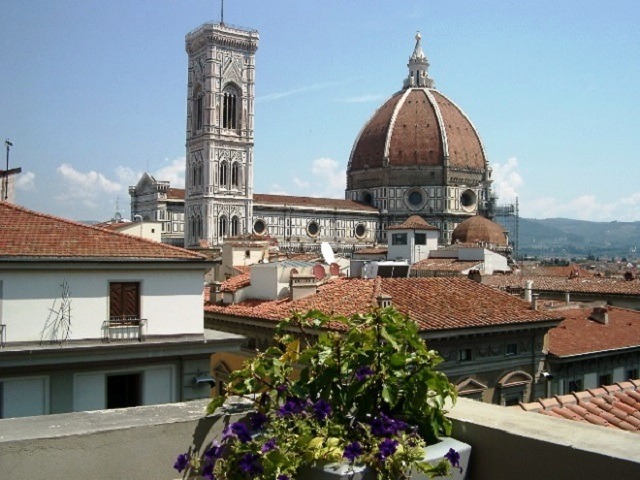
In the film “Hannibal” from 2001, the protagonist Dr. Hannibal Lecter (Anthony Hopkins) decides to hide under a false name in the capital of Tuscany, where we find him becoming the curator of the Capponi Library on Via de’ Bardi. In the second installment of the saga, director Ridley Scott immortalizes Palazzo Vecchio as well. Here, Dr. Lecter exacts justice on his pursuer by hanging him from one of the windows. Later, in the Loggia del Mercato Nuovo with the Porcellino fountain, Lecter washes his blood-stained hands. Finally, we see Piazza Santa Croce and the Ponte Vecchio’s shops.
Even Christopher Nolan, in his film “The Dark Knight Rises“, couldn’t resist the charm of Florence. The director chose to conclude his successful series with Christian Bale and Michael Caine sitting at the historic Caffè Le Logge in Piazzale Michelangelo.
After Paris in “The Da Vinci Code” and Rome in “Angels & Demons“, writer Dan Brown brings his character Robert Langdon to Florence. It happens in “Inferno“, directed by Ron Howard and starring Tom Hanks, where we see him running through the center of Florence, between Palazzo Vecchio and Ponte Vecchio.
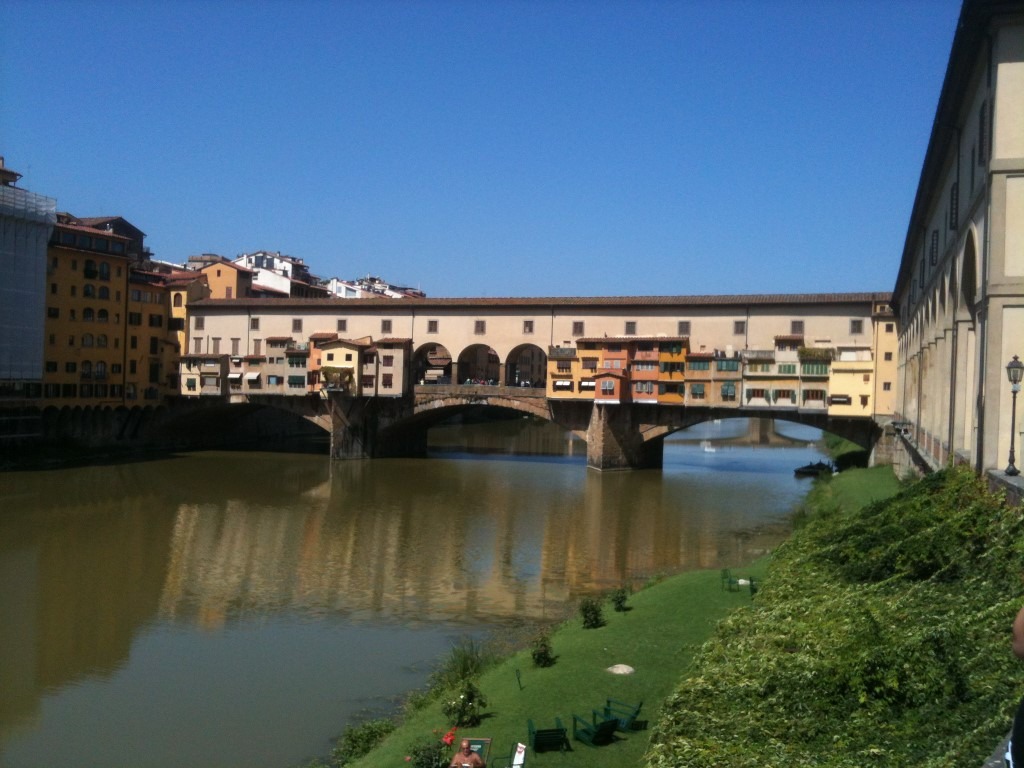
Leonardo Pieraccioni’s debut film, “The Graduates“(I Laureati) from 1995, tells the story of four college students who are permanently afflicted with Peter Pan syndrome. The backdrop is a marvelous Florence, from Ponte Vecchio to Ponte Santa Trinita, from the Gardens of the Fortezza to Via del Parioncino, where the restaurant escape scene takes place.
In the highest-grossing film of the 1990s, “The Cyclone“(Il Ciclone), Pieraccioni films the legendary scene in Florence where Levante (Pieraccioni), Libero (Ceccherini), and Selvaggia (Enrichi) have dinner with the Spanish dancers at the Beatrice restaurant on Via del Proconsolo. Levante and Caterina’s (Forteza) nighttime walk, on the other hand, covers various areas, including Piazza Santissima Annunziata and the Lungarni.
Massimo Troisi also chose Florence for his first work in “I start again from three”(Ricomincio da tre) in 1981. The Ponte Vecchio, as well as the Tower of San Niccolò, serve as the backdrop for the conclusion of a conversation between Massimo Troisi and Lello Arena.
On the other hand, in his film “Misunderstood”(Incompreso) from 1966, Luigi Comencini tells the story of widower Duncombe, who is left alone with two young children. The director shows us some of the most suggestive corners of the city, such as Ponte Vecchio, Lungarno Torrigiani, and even the interiors of Cinema Eden and the American Embassy.
